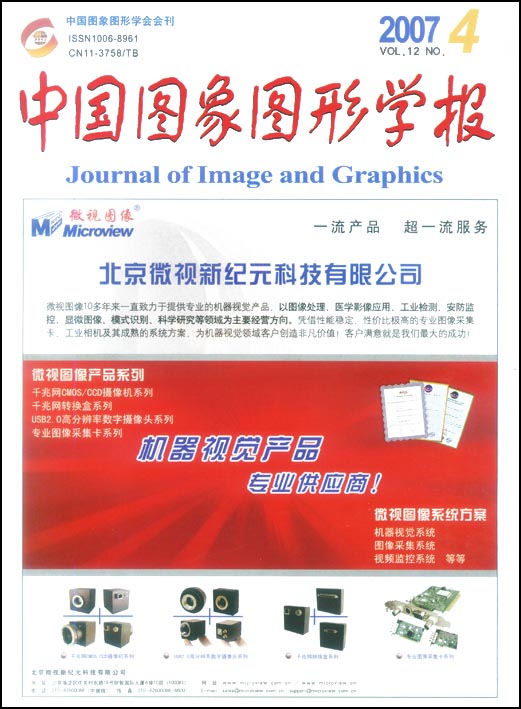
SVM在多源遥感图像分类中的应用研究
摘 要
在利用遥感图像进行土地利用/覆盖分类过程中,可采用以下两种途径来提高分类精度:一是通过增加有利于分类的数据源,引入地理辅助数据和归一化植被指数(NDVI)来进行多源信息融合;二是选择更好的分类方法,例如支持向量机(SVM)学习方法,由于该方法克服了最大似然法和神经网络的弱点,非常适合高维、复杂的小样本多源数据的分类。为了提高多源遥感图像分类的精度,还研究了支持向量机在遥感图像分类中模型的选择,包括多类模型和核函数的选择。分类结果表明,支持向量机比传统的分类方法具有更高的精度,尤其是基于径向基核函数和一对一多类方法的支持向量机模型更适合多源遥感图像分类,因此,基于支持向量机的多源土地利用/覆盖分类能大大提高分类精度。
关键词
Study on Multi-source Remote Sensing Images Classification with SVM
() Abstract
There are two ways to improve the performance of land cover classification with remote sensing images.The first way is to apply new data source including GIS data and normalized difference vegetation index(NDVI) to multi-source information fusion.The second one is to use methods with higher accuracy.Support vector machines(SVM) overcome the defects of maximum-likelihood and neural networks classifiers.SVMs are suitable to process complex data of high dimension and small number of training data.In this paper,selection of SVM models including kernel functions and multi-class methods is studied in order to improve the accuracy of multi-source remote sensing images classification.Experimental results show that the SVMs have higher accuracy than other traditional classifiers for the classification of multi-source remote sensing data.The SVM with a RBF kernel function and One-against-one multi-class method is the best classifier in this study.SVM methods could greatly improve the multi-source land cover classification.
Keywords
|



 中国图象图形学报 │ 京ICP备05080539号-4 │ 本系统由
中国图象图形学报 │ 京ICP备05080539号-4 │ 本系统由